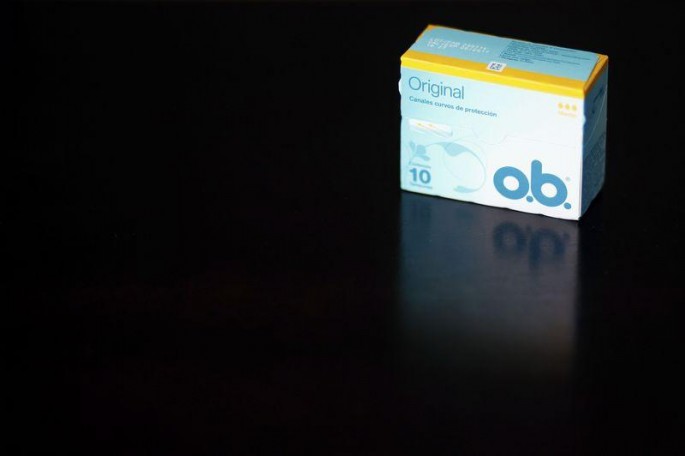Tampons could aid in the identification of polluted areas in streams and rivers which have possible originated from waste water from showers, sinks, washing machines, and baths, England's University of Sheffield conducted the study.
Researchers made use of tampons in gathering chemicals that are usually present in shampoos, laundry detergents, and toilet papers. These chemicals, usually, are popular as optical brighteners that have the ability to brighten a material's color and enhance whites when placed under Ultraviolet light.
Laboratory trials were performed to determine the required amount of detergent dwelling in water for the tampon test to detect. Results have shown that submerging a tampon into 0.01 ml of detergent solution in one liter of water for a short period of five seconds could identify the existing optical fibers immediately under UV light with its visibility lasting 30 days.
Professor David Lerner, the study's lead author, said "More than a million homes have their waste water incorrectly connected into the surface water network, which means their sewage is being discharged into a river, rather than going to a treatment plant," the Wired reported.
In the Water and Environment Journal where the study was published, pollutants present in domestic wastewater modify the invertebrate and bacterial life in bodies of water, encouraging species that are pollutant-tolerant to thrive in the medium. This, of course, could lead to the accumulation of sewage fungus that is the most evident as the grey lining materials in river beds.
Readily available, simple to use, and affordable tampons could have a wide range of scientific applications. Another example is its potential use in endometrial cancer detection, the Gynecologic Oncology shared.



























